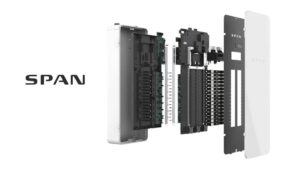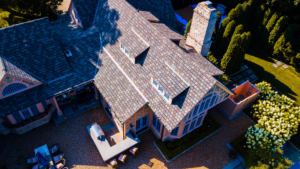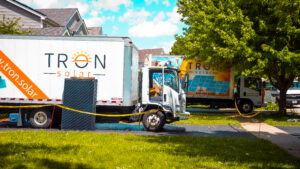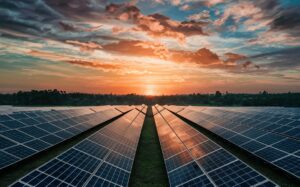When homeowners in the Midwest see snow on their roofs, a common question arises: “Will my solar panels still work?” The answer: Yes — and in many cases, surprisingly well.
Cold + Snow ≠ No Output
One of the most pervasive myths is that solar panels need heat or sunshine like a plant needs warmth to grow. Actually, the key ingredient for power is light photons, not heat. According to a recent U.S.-focused analysis, panels composed of crystalline silicon (which make up ~84 % of the U.S. market) do not suffer in cold temperatures — in fact they often perform better
Why Cold Makes Panels More Efficient
Here’s the science in short: Solar cells are rated under standard test conditions at 25 °C (≈ 77 °F). Above that temperature, the voltage output of the cells drops, causing the panel to lose efficiency.
-
A rule of thumb: Many silicon panels lose about 0.3 % to 0.5 % of output per °C above 25 °C.
-
Conversely, when cell temperatures are below 25 °C — such as on a crisp, clear winter day — output can be 5 %–7 % higher than the nominal rating.
In cold Midwest winters, two favorable factors combine:
-
The snow’s white surface can reflect additional light, enhancing irradiance (especially if the module is tilted)
That means solar in snowy climates isn’t just viable — it often means you’re getting more “bang for your buck” than many think.
Snow on the Panels — What’s the Impact?
Of course, snow does pose two primary challenges: reduced light (if panels are covered) and physical load. But modern systems are built for this.
-
Many Tier-1 modules today come rated for snow loads of 5,400 Pa or higher, meaning they can withstand heavy snow accumulation without damage.
-
Light snow cover does not necessarily stop production — thin snow layers or partial clearing often still allow photons through.
-
The best recommendation: Don’t manually clear snow from panels unless you have the correct safety equipment — doing so can void warranties or damage the module surface.
For the homeowner in the Midwest, this means: yes, there will be short periods of shading or output reduction when snow is thick. But on most winter days, with panels exposed and light available, you’ll still produce meaningful power — sometimes at higher efficiency than a hot summer day!
Why Solar Still Makes Sense in the Midwest & Northern States
Many early solar narratives focused on sun-drenched deserts (California, Arizona, Florida). But today’s data and market installations tell a bigger story:
-
High electricity rates — common in northern states — drive higher savings from solar installations regardless of climate.
-
Cold, clear days allow your panels to operate at higher efficiency than you might assume.
-
Solar in winter is proven: Northern countries (e.g., Germany, Canada, Scandinavia) demonstrate strong solar adoption despite limited sunlight hours.
-
For residential and commercial customers in Illinois and the Midwest, choosing the right panel tilt, pitch, and optimizing orientation for winter sun angles can unlock strong year-round performance.
In Summary
For Midwest homeowners or business owners considering solar: don’t let snow and colder climate be a deterrent. In fact, they can be an advantage. Your panels are going to work — and thanks to physics and modern module design — they’ll often perform better on crisp winter days than many people assume!


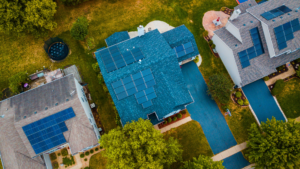
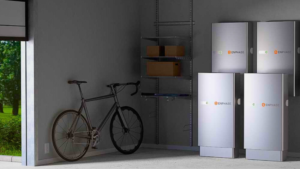 Our battery storage solutions are designed to provide reliable and efficient energy storage for your home or business. With our advanced battery storage systems, you can store excess energy generated by your solar panels or grid power and use it when you need it most.
Our battery storage solutions are designed to provide reliable and efficient energy storage for your home or business. With our advanced battery storage systems, you can store excess energy generated by your solar panels or grid power and use it when you need it most.
